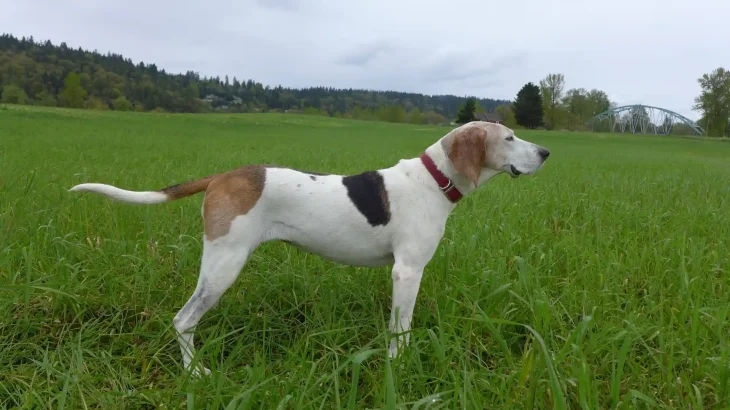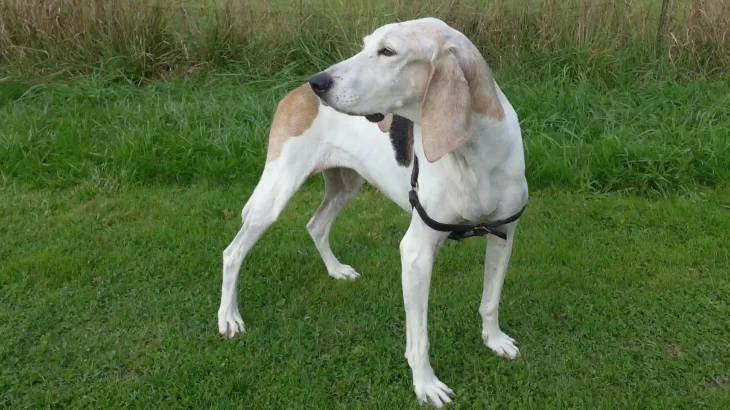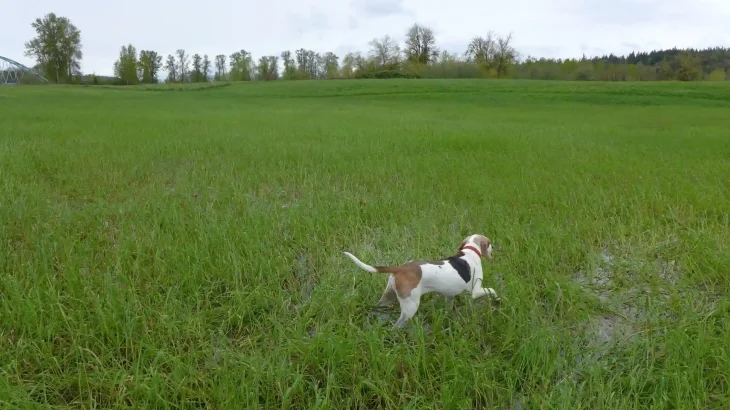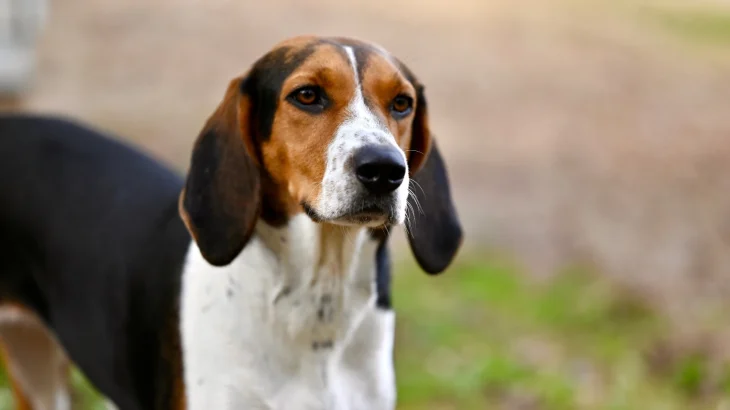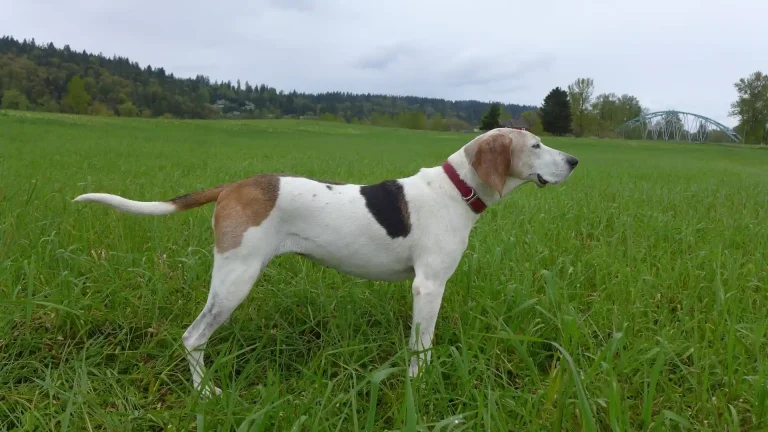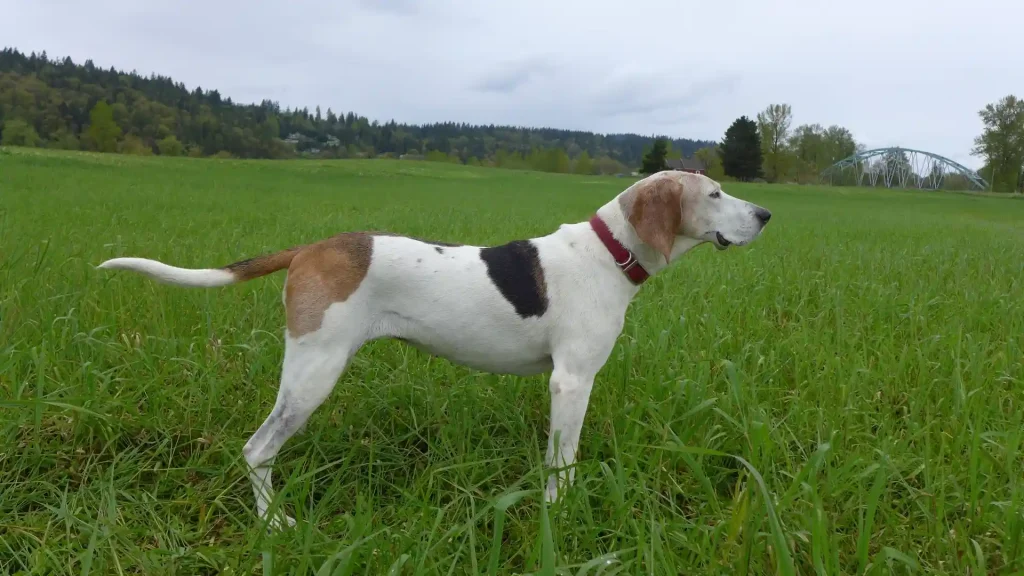Deciding whether to adopt or purchase a Treeing Walker Coonhound puppy depends on your priorities about cost, health, and supporting ethical breeding or rescue efforts. Buying from a breeder often provides detailed health records and pedigree, while adopting can be a more affordable way to give a home to a dog in need, including possible Treeing Walker Coonhound mixes.
| Criteria | Buying from Breeder | Adopting from Shelter/Rescue |
|---|---|---|
| Cost | Usually higher, $600 to $6,000 depending on breeder and lineage. | Lower, fees generally $50-$300 including vaccinations and spay/neuter. |
| Health History | Detailed health records and genetic screening often available. | Health history may be incomplete; basic health checks are common. |
| Age Availability | Mostly puppies, allowing early training and bonding. | Varied ages, including adults and sometimes puppies. |
| Temperament Insight | Breeders can provide lineage and temperament info. | Shelter staff can share observed behaviors but full history may be limited. |
| Supporting Practices | Supports breeding programs; important to find ethical breeders. | Supports animal welfare by saving homeless dogs and reducing shelter populations. |
| Ethical Considerations | Risk of puppy mills if breeder isn't reputable; research is crucial. | Generally viewed as more ethical by providing homes to shelter dogs. |

